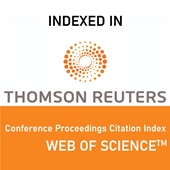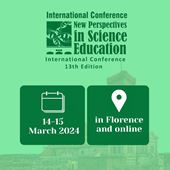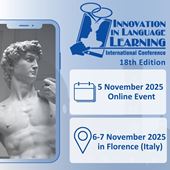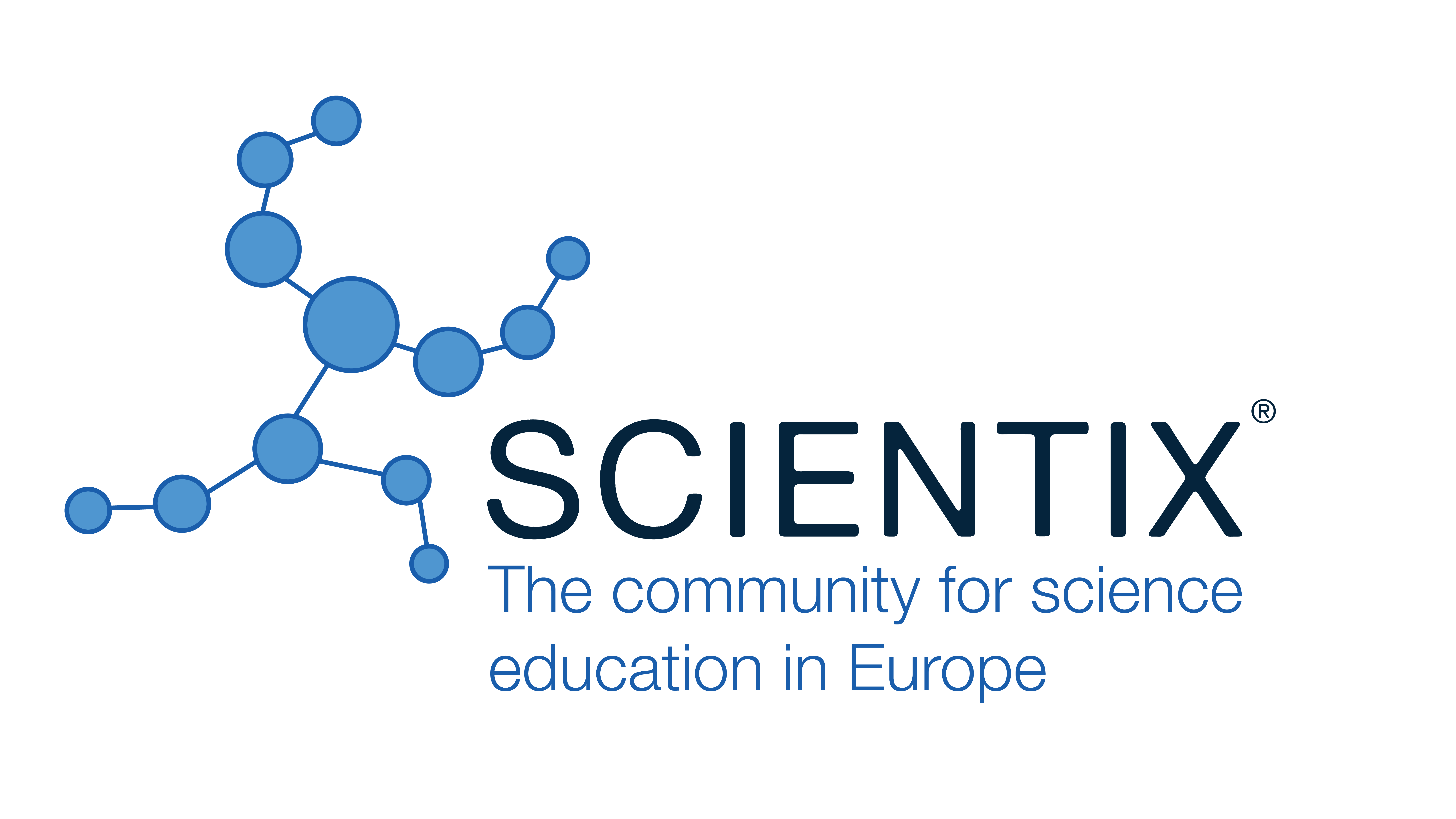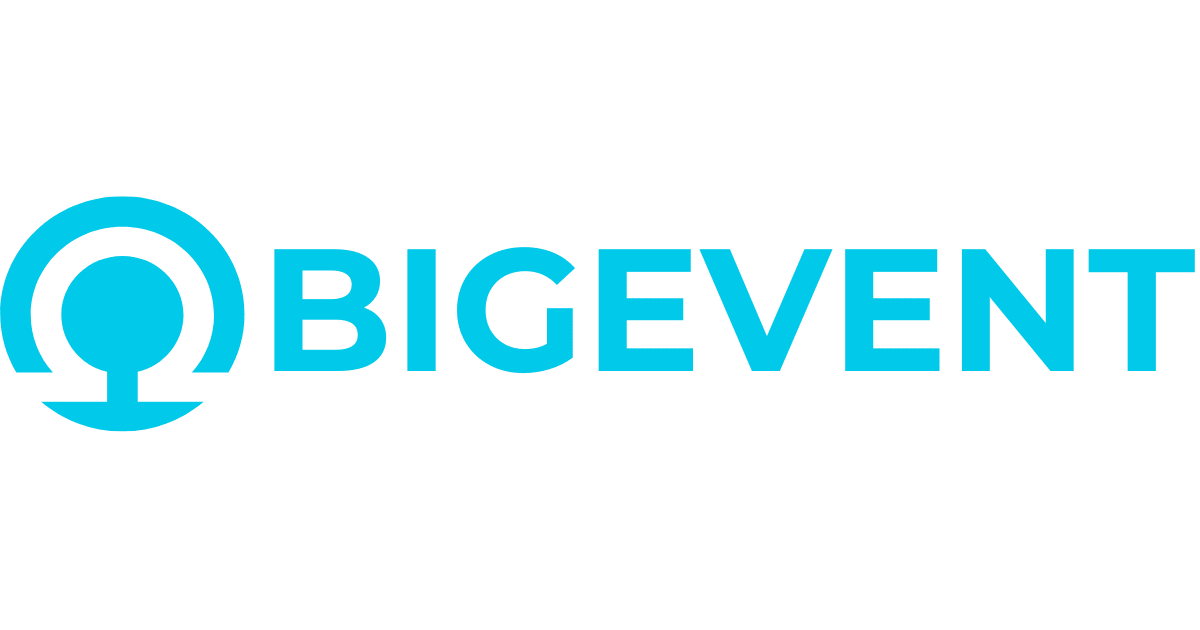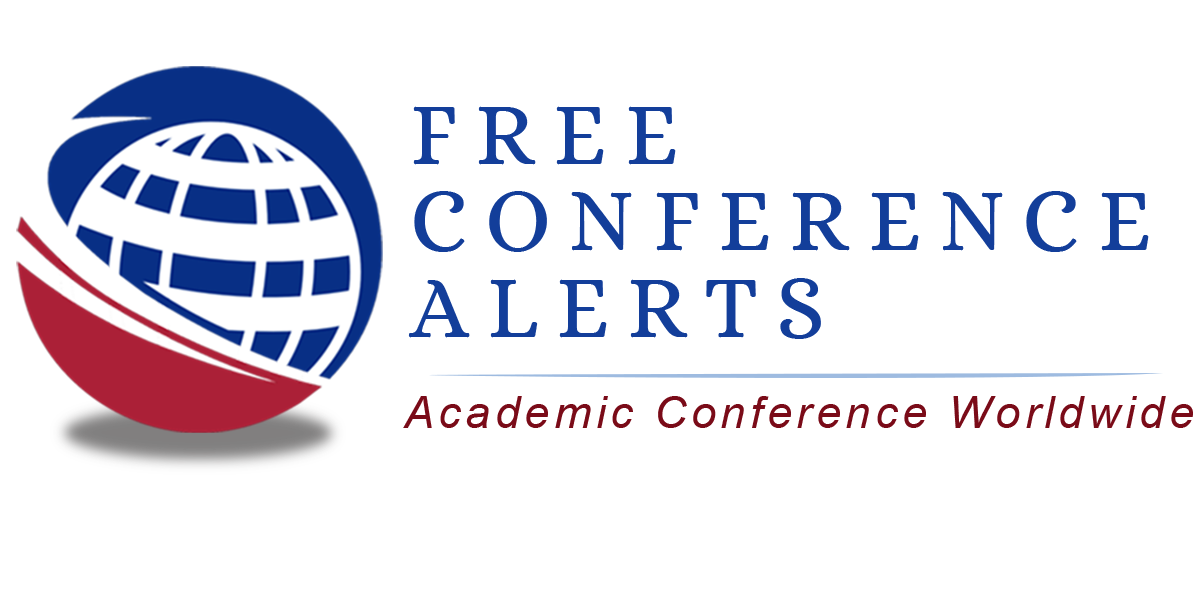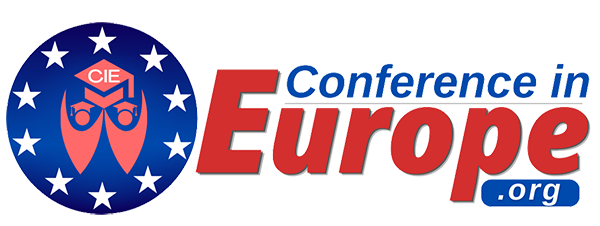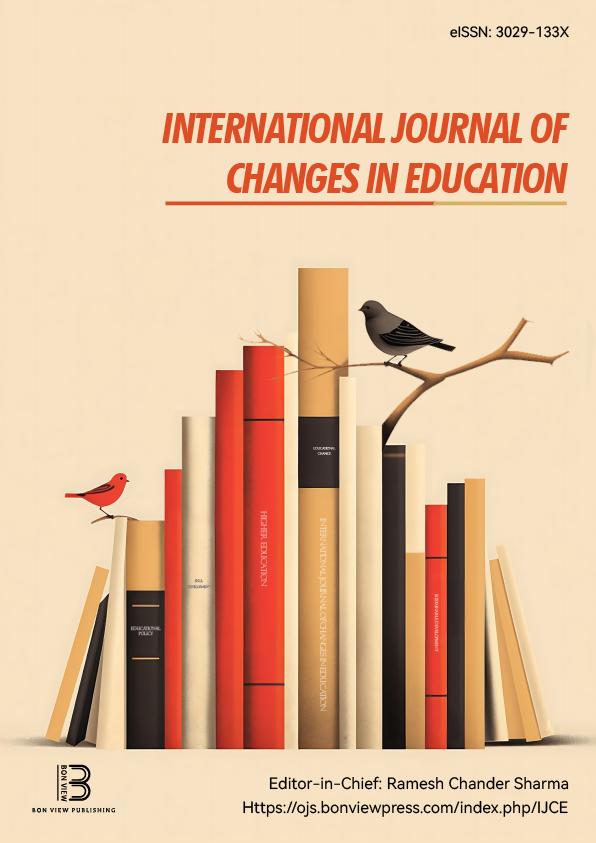Children's Expressions as a Key to Understanding Child's Level of Thinking, Creation and Action
Bronislava Kasáčová, Matej Bel University, Banská Bystrica (Slovakia)
Lenka Lipárová, Matej Bel University, Banská Bystrica (Slovakia)
Abstract
The study presents the results of the development and validation of the research tool UCD-ACR-NIM, aimed at exploring children's preconceptions. These preconceptions represent their internal representations and understandings of the world and its phenomena. For both teachers and researchers, diagnosing children poses a particular challenge, as this age group is often difficult to access through exploratory research methods. The tool was developed based on the theoretical foundations of J. S. Bruner [1], reflective practice, and phenomenography [2], which served as the key research approach. The research instrument and data analysis methodology were created by the author and were first introduced at ICERI 2015. The Designed Semi-Structured Flexible Micro-Interview (SSFMI) was validated through qualitative research procedures. The findings demonstrate that, when conducted properly and in accordance with interview principles, the instrument is a suitable method for collecting data about children. The UCD-ACR-NIM tool reduces individual, social, and cultural disadvantages and allows for ecological validity. Its application is accessible even to pre-service teachers, supporting the development of their diagnostic competencies and research skills. An electronic version of the tool is currently being developed for an e-platform [4], aimed at collecting diagnostic information for the teacher-researcher. This platform enables teachers to gather and record diagnostic data about pupils, focusing on areas such as artistic talent, the risk of specific learning disorders and ADHD, or the development of language competencies. It supports pre-service teachers in developing diagnostic competence, conducting research, and reflecting on changes in speech development, specific skills, and cognitive growth, with a perspective of longitudinal research. The study is illustrated with a sample analysis of responses obtained from a selected group of respondents.
The study is part of the project VEGA 1/0714/24; principal investigator Mariana Cabanová
Keywords: Diagnostic competencies of teachers, children's preconceptions, younger learners, diagnostic tool, e-support for diagnostics
REFERENCES
[1] Bruner, J. S. (1978). The role of dialogue in language acquisition. In A. Sinclair, R.J. Jarvella, and W. J. M. Levelt (Eds.), The Child’s Conception of Language (pp. 241–256). New York: Springer-Verlag.
[2] McCluskey J, Gallagher AL, Murphy CA. (2022) Reflective practice across speech and language therapy and education: a protocol for an integrative review. HRB Open Res. 2022 Mar 24;4:29. doi: 10.12688/hrbopenres.13234.2. PMID: 34853822; PMCID: PMC8591512.
[3] Kasáčová, B. et al. (2015) Children at the Threshold of Education and theire World. In: ICERI 2015. Sevilla conference : IATED, 2015, pp 1034-1040, file: ////C:/User/BKASAC~1/AppData/Local/Temp/ICERI2015TOC.pdf
[4] Lipárová, L., Pondelíková, R, Trnka, M. (2015) "Profiler of artistic potential" - diagnostic instrument in the context of teacher training. In: EDULEARN24 : 16th Valencia : IATED, 2024. - ISBN 978-84-09-62938-1. - ISSN 2340-1117. - Pp. 6176-6180. https://library.iated.org/view/LIPAROVA2024PRO
 Innovation in Language Learning
Innovation in Language Learning
